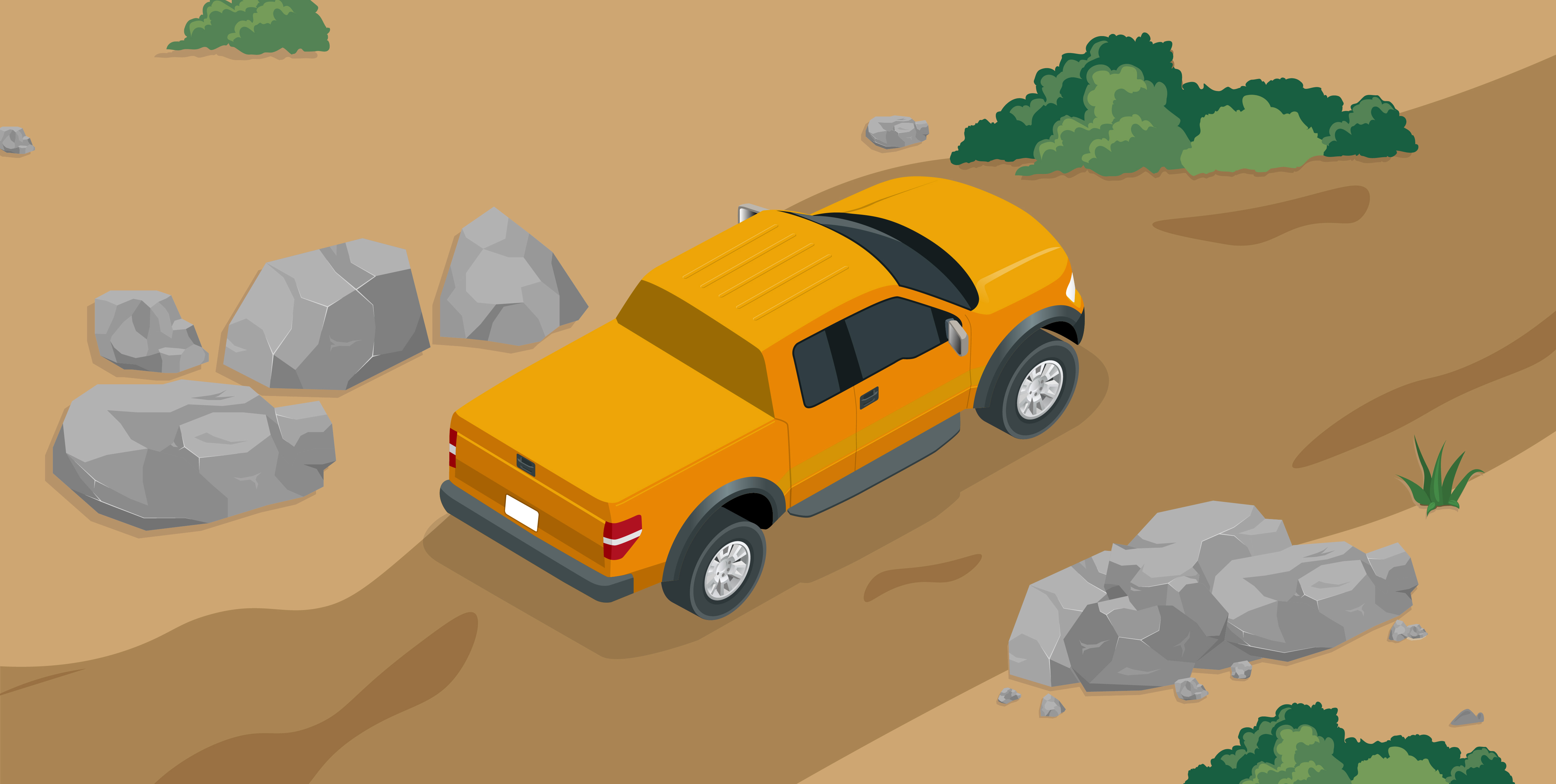One of the great things about off-roading is the ability to traverse different terrains that ordinary vehicles can’t. Some people love it for the sheer thrill of driving over rugged terrain, while others relish the challenge that tricky inclines and surfaces present. The thing all off-road drivers need for this, however, is differential locking - or diff lock.
If you’re new to off-roading or have recently purchased a 4x4, this might be a newhttps://www.milneroffroad.com/catalogue/car-parts-carp feature to you. This month at Milner Off Road, we’ll take you through what diff lock is, why it’s important, when to use it and how to use it more effectively.

What is diff lock?
Diff lock - or differential locking - is a common feature for off-road vehicles. It relates to the axles of the vehicle and how the wheels turn.
Normally, to prevent uneven wear on tyres, a vehicle will have an open differential, which means the wheels can rotate independently at different speeds when needed. Going around corners is a good example of this, where the outside wheel needs to rotate more than the one on the inside.
Putting on diff lock simply means that the wheels are locked to rotate at the same speed together.
Why is diff lock important?
Diff lock becomes important when you’re driving on an uneven or slippery surface. With an open differential, once one wheel is in the air slightly or has dug into soft sand, it will simply spin more and more because it’s the wheel meeting the least resistance.
Applying the diff lock means that both wheels will get rotated at the same speed, with the torque - or pulling power - then applied to the wheel still on the ground with the most traction. Steady, straight driving will then allow you to gradually move forward instead of slipping or getting stuck.
When to use diff lock
There are plenty of situations where diff lock is really useful, including when going over uneven surfaces, boggy terrain or even in icy and snowy conditions. Basically, any time you might lose traction.
Diff lock is only useful when you want to move straight in these situations to get out of them and should not be on all the time. Leaving your diff lock on when driving on a normal road will create what is known as ‘wind up’. This is where undue torsion is created on the tyres or axle, aside from this torsion, one wheel may get dragged when cornering if diff lock is left on.
How to use diff lock properly
There are two types of diff lock: automatic and manual. These are exactly what they sound like, with automatic diff locks kicking in as soon as it detects that a wheel has lost traction. Once traction is regained, it will disengage automatically. Manual diff lock, on the other hand, gives you control of the system. You simply need to push a button to engage when you need it and press again to disengage when out or over the terrain. If you’re off-roading, you may only need to use it a couple of times to get over tricky terrain.
As previously mentioned, you should only use diff lock momentarily on uneven or difficult surfaces (e.g. sand, mud, gravel, snow), giving you the traction you need to move forward slowly. Once you’ve regained traction, be sure to disengage the diff lock if it’s manual.
At Milner Off Road, we provide a variety of vital 4x4 parts and tools, with shipping worldwide. As leading suppliers since 1981, we stock a range of differential parts, including actuators and locking kits - order online with us today or call our team of advisors if you’re not sure what you need for your diff lock system and we’ll be happy to help.

-min.png)
